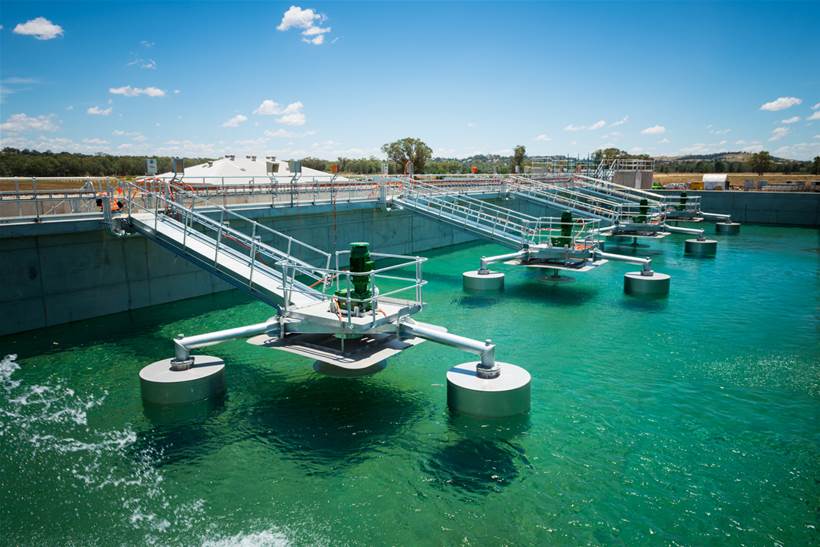The importance of water management continues to increase around the world. However, water utilities face significant challenges when it comes to improving their efficiency using traditional methods of monitoring infrastructure, managing assets and keeping end-users informed.
Digital transformation is helping, particularly the use of IoT systems such as smart meters and other devices and systems. But poor connectivity means the benefits are limited – after all, data can only be acted upon after it has been collected, aggregated and analysed.
Of course, connectivity is critical to the use of smart meters. They can’t achieve their potential intelligence and value without being actively managed. Connecting all the sensors, meters and controls is incredibly complex and this, along with an increasingly sophisticated business landscape, means utilities are crying out for an easy-to-deploy, simple-to-manage, resilient, robust and cost-effective connectivity solution upon which to base their ‘smart’ plans.
Australian water utilities face unique challenges as they are located in one of the driest regions in the world. This is one of the reasons that the global LoRa Alliance is putting a sustained effort into protecting Australia’s water resources. In conjunction with the United Nations Sustainable Development Goal Number 6, it’s helping water utilities access best-in-class technologies through a large ecosystem of solution providers, systems integrators, device manufacturers and operators.
Consequently, many local companies have started to deploy LoRaWAN solutions. NNNCo, for example, has been contracted by the City of Gold Coast to deliver a network that underpins a variety of smart-city use cases which includes the deployment of 12,000 smart water meters.
The resulting network provides many benefits when compared with traditional options like cellular networks, hardwired connections, RF Mesh and satellite connectivity. These all have limitations, such as deployment complexity, lack of interoperability and installation and maintenance challenges (with associated high costs) related to accessing remote areas.
LoRaWAN is proving to be an ideal connectivity choice for water utilities in Australia, which deal with outdated rural infrastructure, significant untracked loss across the water network, imbalances between industrial and consumer usage and associated revenue streams, and thirsty, politically charged industries such as the cotton industry.
LoRaWAN provides cost-effective coverage, enhanced ground penetration, superior battery life (up to 10 years), two-way communication, inherent end-to-end security, a lower TCO, compatibility with existing SCADA systems and the ability to enable additional smart city benefits.
Learn more about LoRaWAN’s benefits and how it is helping Australia’s water utilities, by downloading NNNCo’s free white paper about these topics.
Meet NNNCo at the 2022 IoT Impact conference in Melbourne on June 9 - book your ticket now.







